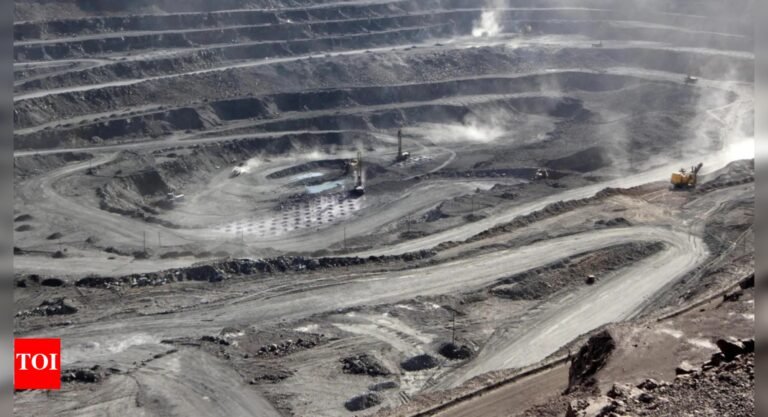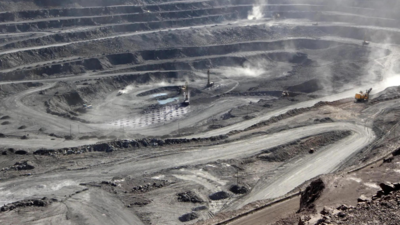India is actively engaging with China to ensure stability and predictability in trade-related supply chains, following Beijing’s recent curbs on rare earth exports that have disrupted the global automotive sector.“We are in touch with the Chinese side, both here in Delhi as also in Beijing, to bring predictability in supply chain for trade, consistent with international practices,” External affairs ministry spokesperson Randhir Jaiswal said at a press briefing on Thursday.China’s export restrictions on key rare earth materials have caused concern among automakers worldwide. Maruti Suzuki, India’s largest carmaker, has scaled back near-term production targets for its first electric vehicle due to raw material shortages, Reuters reported earlier this week.The company aimed to produce just 8,000 units by September—down sharply from the originally planned 26,000+ units.The shortfall followed China’s move to tighten export restrictions on key rare earth elements and magnets—materials essential for electric vehicle motors. Since April 4, Beijing mandated special licences for exporting seven types of rare earths, including samarium, gadolinium, terbium, dysprosium, and lutetium. These materials played a vital role in EV propulsion systems and other high-tech applications such as missiles and defense electronics.“As of now, there is no impact on production,” Maruti Suzuki Chairman R.C. Bhargava said earlier this week. However, supply-side risks remained, as China controlled over 90% of global processing capacity for these crucial materials.Meanwhile, Several Indian automakers sought government intervention to expedite approvals from Chinese authorities through local vendors for importing rare earth magnets. However, no licences had been granted, resulting in growing uncertainty across the EV and hybrid vehicle manufacturing sectors.Rare earth magnets are critical components in permanent magnet synchronous motors (PMSMs), which are used in EVs for their high torque, efficiency, and compact design. While internal combustion engine vehicles used them more sparingly—such as in electric power steering—their importance in electrified powertrains was substantial.
Trending
- IPO watch: Hero Motors refiles IPO papers with Rs 1,200 crore issue, ups fresh component to Rs 800 crore
- Who is Kesavan Ramachandran? RBI elevates internal veteran to executive director, to oversee prudential regulation
- India-US trade deal: Talks enter sixth day as Donald Trump’s tariff deadline looms; top things India is pushing for amidst hectic negotiations
- Infosys vs Cognizant fight gets uglier! Why are the two big IT firms battling it out in the US? Explained
- Layoff wave spreads across US: Starbucks, FedEx, Frito-Lay, Microsoft may axe jobs in July – here’s what’s going wrong
- Cryptocurrency market today: Bitcoin holds near $107k amid tariff caution, Altcoins see mixed moves
- US Fed policy outlook: Fed chair Jerome Powell says central bank must remain ‘non-political’ as Donald Trump pressure mounts, rate cut still not ruled out
- HDB Financial IPO listing: Stock set for market debut on July 2; check GMP and other details
- Total sown area this monsoon: Kharif sowing jumps 11.3% on strong monsoon; rice and pulses lead acreage surge
- Leadership shuffle: Tata Sons ropes in consumer veterans to Tata Digital board; balances earlier finance-centric line-up



